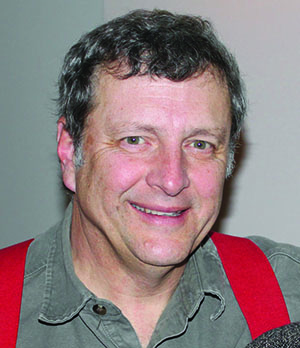Michael Stoskopf

Professor
Department of Wildlife and Aquatic Health / Director of the Environmental Medicine Consortium
1060 William Moore Drive, Raleigh, NC 27607
303 College Circle, Morehead City
P: 919.513.6279; 252.222.6370
F: 919.513-6336; 252.222.6311
E: michael_stoskopf@ncsu.edu
Website
Publications
Research Areas
- Ecological Metabolomics
- Habitat Health Risk Assessment
- Environmental Impacts on Physiology
- Global Change and Ocean Acidification
- Conservation Genomics
- Minimally Invasive Diagnostics for Wildlife and Fisheries Species
Research Summary
Stoskopf directs the Environmental Medicine Consortium at NCSU and actively participates in the inter-college Fisheries and Wildlife and Marine Sciences programs. He is a professor of wildlife and aquatic health in the Department of Clinical Sciences (CVM) with appointments in Forestry (CNR), Biomedical Engineering (CE), and Toxicology (CALS).
Stoskopf’s research focuses on population, ecosystem and landscape approaches to health management of wildlife species broadly defined to include aquatic and marine species including invertebrates and vertebrates.
Most of the graduate students in Stoskopf’s laboratory are focused on the application of advanced NMR/MRI/S techniques to key questions in ecological metabolomics, primarily related to impacts of global change. Impacts of temperature and ocean acidification on physiology are of particular interest to him. He also actively work on habitat health risk assessment questions primarily for endangered species recovery decision making and is actively in collaborations looking at genomic tools for evaluating conservation strategies.
Stoskopf is active in the NCSU Center for Marine Sciences and Technology, the Center for Comparative Medicine and Translational research and the Climate Science Center. His clinical efforts assist in the health management of captive and free-ranging wildlife and fisheries stocks. Current projects include development of a marine magnetic resonance imaging and spectroscopy facility on the coast, and reintroduction implementation for several endangered species including the red wolf and the Wyoming toad.